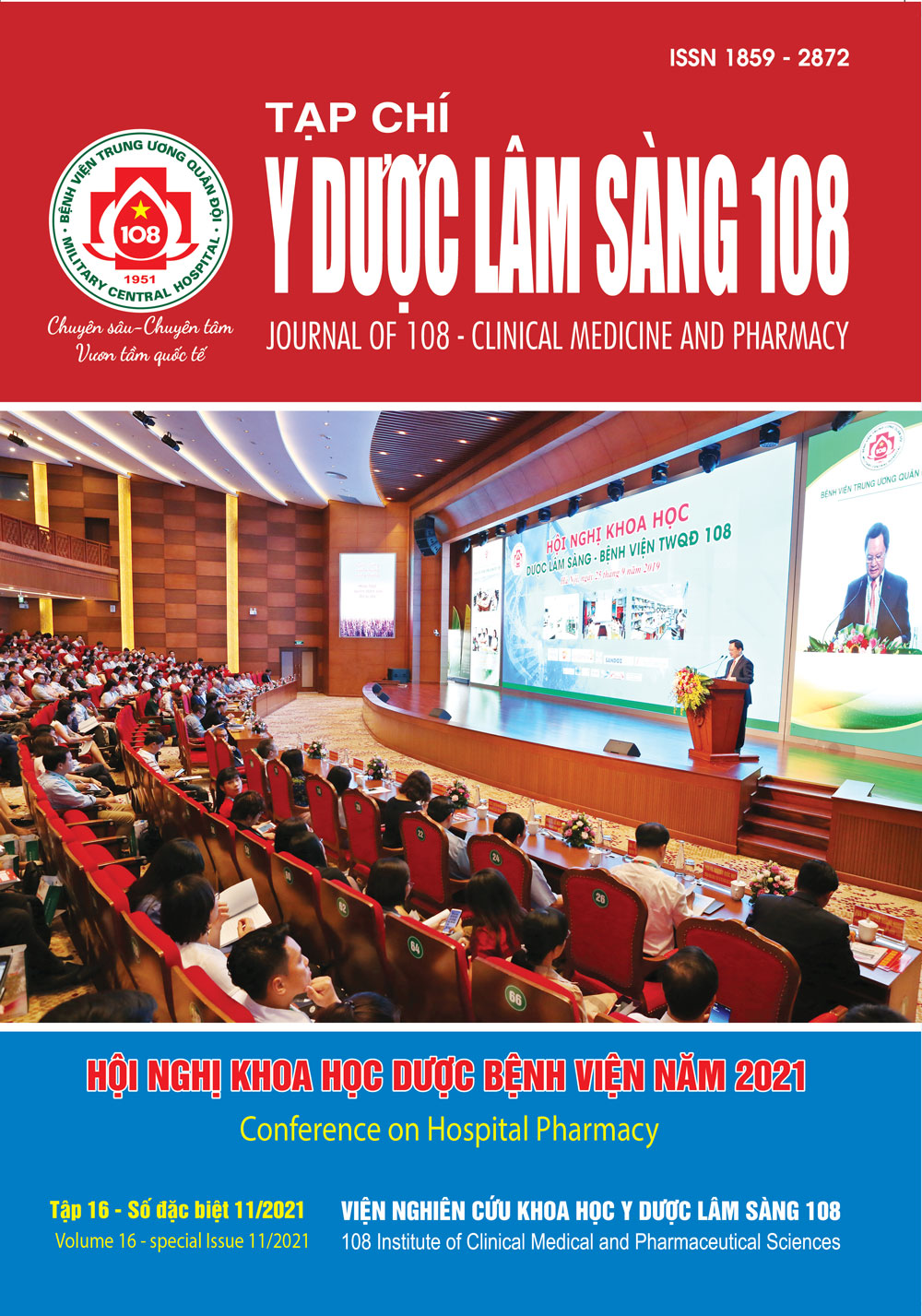Anaphylaxis to iodinated media contrast: A signal analysis from the National Pharmacovigilance database (2015 - 2019)
Main Article Content
Keywords
Abstract
Objective: To investigate the clinical characteristics and to identify the signals of anaphylaxis related to iodinated contrast media (ICM) in the period from 2015 to 2019. Subject and method: A cross-sectional retrospective study of spontaneous ADR reports registered at the National DI & ADR Center from 2015 to 2019. Result: Out of 1305 ADR reports with iodine-based contrast media as suspected drugs, 468 (35.9%) reports were selected as anaphylactic cases. Iobitridol was the most reported (50.1%), followed by iohexol (21.7%), and iobromid (20.5%). The majority of the cases (88.2%) occurred within minutes to 1 hour after exposure. Symptoms of anaphylaxis were observed in cardiovascular, respiratory, dermatologic and gastrointestinal systems, both of cardiovascular and respiratory reactions were the most common (> 70.0%). 241 (51.5%) cases were classified at severity level 3 and above, and 9 (1.9%) cases led to fatal outcome. Anaphylactic signals were detected including iopamidol (ROR = 2.61 [1.05 - 6.51] in 2015), iohexol (ROR = 2.21 [1.30 - 3.75] in 2016), and iobitridol (ROR = 1.39 [1.04 - 1.85] in 2018, ROR = 1.43 [1.13 - 1.80] in 2019). Conclusion: The risk of anaphylaxis attributed to ICM was demonstrated by this analysis of the Pharmacovigilance database. Routine evaluation so as to raise awareness among healthcare professionals is crucial for detecting signals and preventing the consequences of ICM-induced anaphylaxis.
Article Details
References
2. Bộ Y tế (2017) Thông tư 51/2017/TT-BYT về việc Hướng dẫn phòng, chẩn đoán và xử trí phản vệ.
3. Nguyễn Phương Thúy, Trần Thị Thu Hằng, Nguyễn Hoàng Anh, Nguyễn Quốc Bình, Nguyễn Văn Đoàn (2014) Khảo sát phản ứng có hại liên quan đến thuốc cản quang chứa iod ghi nhận trong cơ sở báo cáo tự nguyện từ cán bộ y tế giai đoạn 2006-2012. Tạp chí Dược học, 2, tr. 45-51.
4. Trung tâm DI & ADR Quốc gia (2020) Công văn số 10/TTT ngày 13/02/2020 về việc tổng kết công tác báo cáo phản ứng có hại của thuốc (ADR) năm 2019.
5. ACR Committee on Drugs and Contrast Media (2021) ACR manual on contrast media. DOI.
6. BusinessWire (2020) Global contrast media industry report 2020 - 2027. www.Research And Markets.com.
7. K.D. Nguyen et al (2018) Drug‑induced anaphylaxis in a vietnamese pharmacovigilance database: trends and specifc signals from a disproportionality analysis. Drug Safety, DOI: 0.1007/s40264-018-0758-8.
8. Kim MH, Lee SY, Lee SE, Yang MS, Jung JW et al (2014) Anaphylaxis to iodinated contrast media: Clinical characteristics related with development of anaphylactic shock. PLoS ONE 9(6): 100154.
9. Tae-Bum Kim et al (2019) Differences in adverse reactions among iodinated contrast media: Analysis of the kaers database. J Allergy Clin Immunol Pract: 1-7.
10. Puijenbroek EP, Bate A et al (2002) A comparison of measures of disproportionality for signal detection in spontaneous reporting systems for adverse drug reactions. Pharmacoepidemiol Drug Saf 11(1): 3-10.
 ISSN: 1859 - 2872
ISSN: 1859 - 2872
